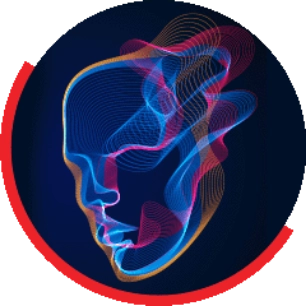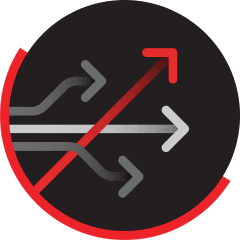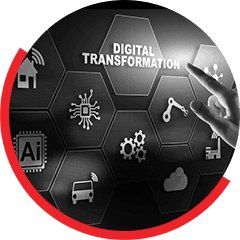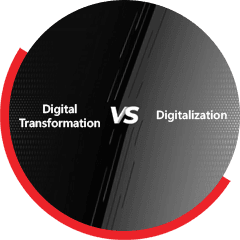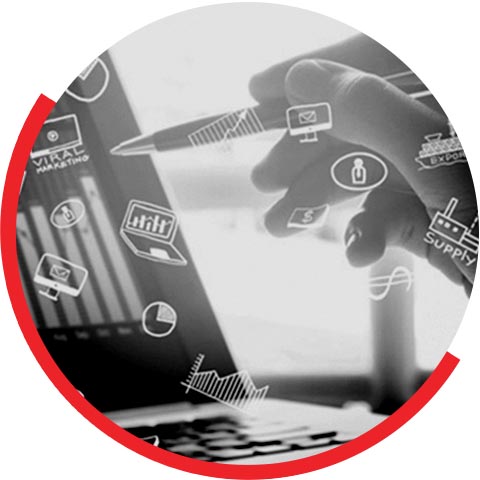In the digital world, the emergence of a novel application sparks enthusiasm and perhaps a certain amount of controversy. One such game-changing application which has taken the world by storm is ChatGPT, a large language model (LLM) developed by OpenAI and based on the GPT (Generative Pre-trained Transformer) architecture. As a machine learning model, ChatGPT can assist with a wide range of tasks involving Natural Language Processing (NLP). It is unique as it is trained on a very large dataset of internet text or the WebText data set to produce contextually relevant tones and responses that resemble human communication. Sonata being a game-changing tech modernization provider, strongly believe that there is no dearth of opportunities for businesses to integrate ChatGPT into their routine workflows and applications. Through this paper, we would like to share our views and offerings to help businesses grow their bottom line, enhance customer experience, improve efficiency, and strengthen governance.
Leveraging GPT technology from Open AI (ChatGPT) to drive Agility in Customer Experience, Compliance, and Engineering
Modernize for Growth via best-in-class Customer Experience
With deepened complexity resulting from globalization and fierce competition, organizations are increasingly relying on technology to effectively communicate and connect with their customers. As per Fortune Business Insights, the global customer experience management market is projected to grow from $11.34 billion in 2022 to $ 32.53 billion in 2029 at a CAGR of 16.2%. With advanced natural language processing capabilities, ChatGPT can share a deeper insight into customer persona and can be used to ensure a seamless and positive customer experience journey from product/service discovery to after-sale support and repeat business.
Modernize Compliance processes
Businesses aim to comply with legal and regulatory standards to steer clear of unfavorable outcomes including financial penalties, lawsuits, and reputational damage. As per our research and findings, ChatGPT can play a pivotal role in the automation of regulatory compliance adherence through legal document summarization, matching regulations with internal policies or procedures, audit assistance, report generation, and GPT chatbot to address audit-related queries.
Modernize Engineering processes
Due to complexity, engineers encounter time-consuming and escalating cost challenges in researching technical issues. Sonata’s research shows that ChatGPT can accelerate Digital Engineering speed and quality by 30%. It can break down bigger coding tasks into small components, conduct quality checks on existing code for bugs and errors, and drive self-service and reliability in the app and infra support. Reimagine processes – Sonata’s capability to offer differentiated ChatGPT experience Sonata Software’s modernization positioning is focused on driving intelligence through AI-assisted solutions and innovations in the client ecosystem. The team of architects and developers has explored the GPT tool on both Open AI and Azure. Azure is expected to offer enhanced security despite the complexities involved and relatively higher costs.
Our Lightning Platform is equipped to prototype any ChatGPT-driven use case across industries, Fast Track Applications, and AI-driven solutions in existing and new processes and apps by integrating with Open AI/Azure Open AI APIs. The platform aims to provide a holistic approach to the responsible implementation of GPT use cases efficiently and effectively. The tool enables the use of the right APIs from OpenAI and the pre and post-processing required on the input and output. The Lightning Code Assist is another unique offering to provide developers recommendations and generative assistance in the context of Tools and guidelines.
Sonata’s goal is to provide exceptional value to our marquee clients across all sectors and business verticals in BFSI, Retail, Healthcare, and Life Sciences for HR, Marketing, Engineering, and Technology. The features range from knowledge management, technical troubleshooting, Sentiment Analysis, Resume Short-lister, training content, workflow automation, and website content search. In addition, our developers are evaluating the incorporation of ChatGPT in healthcare through the Health and Life Sciences Scribe bot to create Electronic Health Record (EHR) documents from any audio conversation with patients.
Always Ahead of the Curve: Sonata’s Commitment to offering cutting edge Conversational AI Technology
Implementation of any new technology necessitates capability build and hence we at Sonata recommend a Centre of Excellence (COE) model which would involve pre-processing, processing, and post-processing stages. Most importantly, it is essential to establish a system of governance to address potential privacy risks and adhere to industry regulations as well as monitor usage and associated benefits. The risks associated with ChatGPT and other AI technologies have been the subject of much media attention in the recent past. Despite taking measures to prevent the model from responding to inappropriate requests, it may produce biased and harmful responses. In addition to the generic limitations, the team at Sonata has observed that the time required for the training process is slightly higher as the models have to be accurate and effective. Human intervention may be required at times to ensure that high-quality and relevant prompts are used.
Sonata has built the capability to iron out specific wrinkles, extract the true potential of ChatGPT to augment professional competencies, and make it more secure. Depending on the scenario, Sonata Software may employ different approaches to training its models to achieve optimal results. With the new buzz around ChatGPT 4 which as per Open AI is more creative and collaborative than its predecessor, GPT 3.5, our Research and Development team is currently evaluating its capabilities. We are examining the functionalities it offers for generating, editing, and iterating with users on creative and technical writing tasks.
The team of experienced and trained professionals is constantly evaluating further enhancements and developments. Sonata strongly believes in continuous improvement and development with each evolved version thereby enabling businesses to strengthen governance, deliver long-term value, and stay ahead of the competition.

